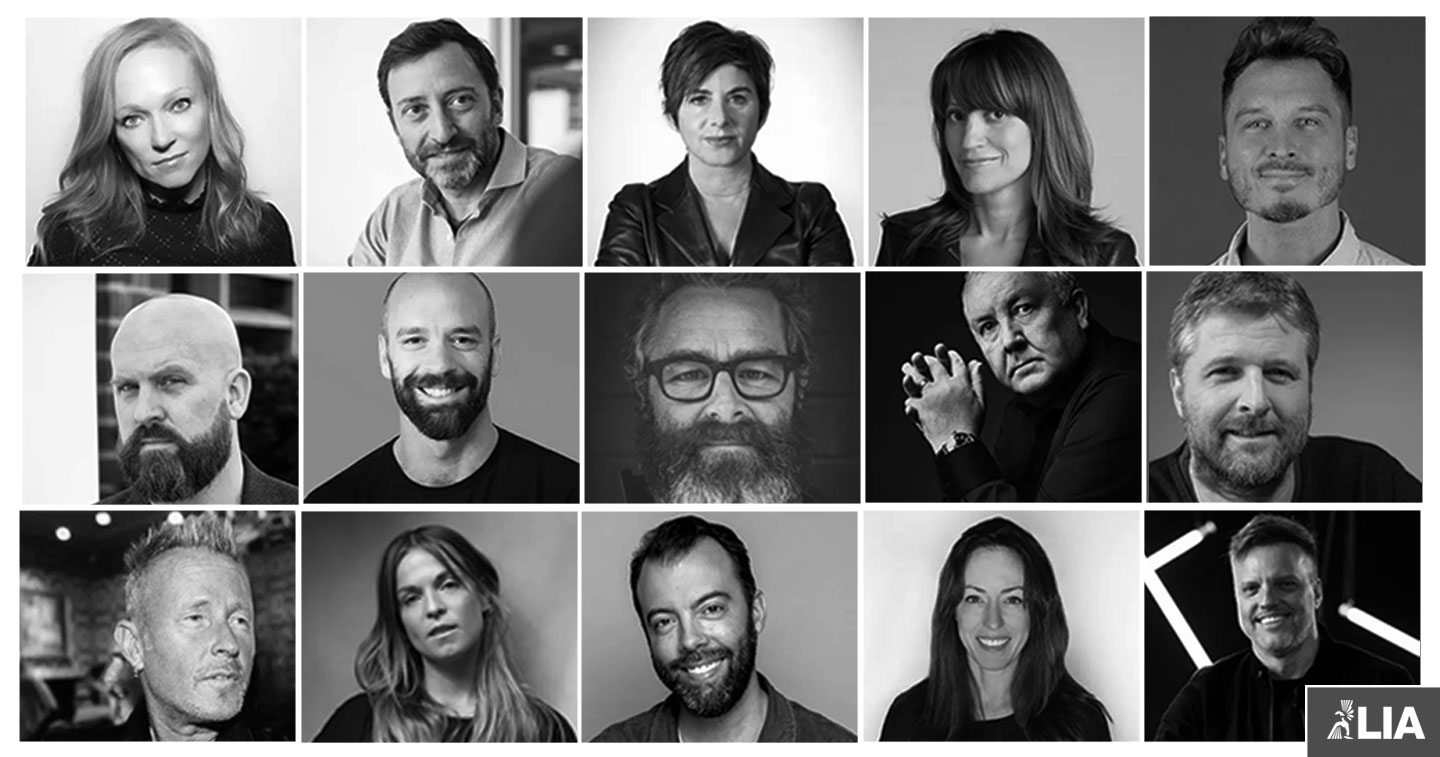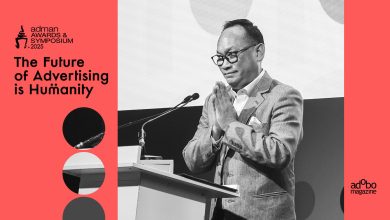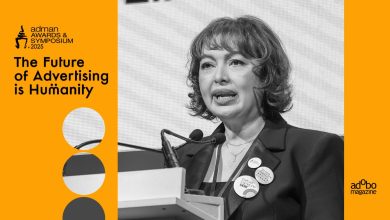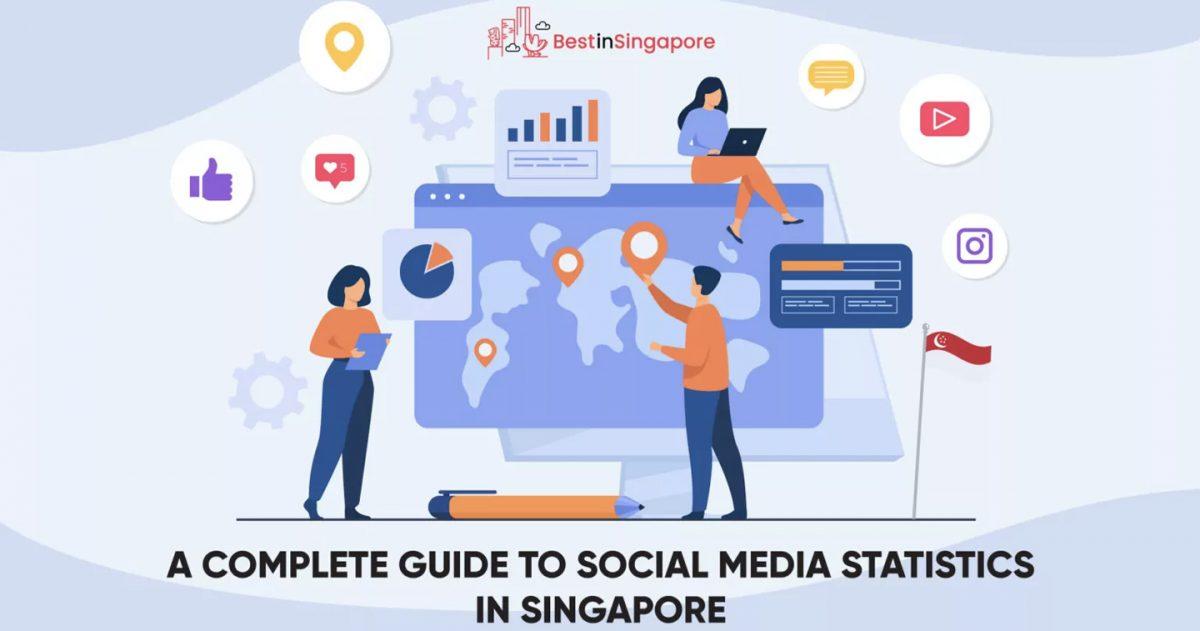The London International Awards announces the 2019 Jury Presidents. Entering 34 years, Created for Creatives, LIA is a show striving for honesty and openness, stands for great creative ideas and execution, and are proud to assemble the best talent every year to do so.
Barbara Levy, President LIA, said, “Our mantra is that we are a show for creatives. We want to award the best creative ideas that surface every year. That’s why we only invite the top people, who are themselves celebrated and awarded individuals, to preside as Jury Presidents. The LIA Staff and I investigate and discuss, a very lengthy process, the selection of our presidents and our jurors. You can only have the best creative show when you have the best and most credible juries.”
This year, as in past years, more than 150 jury members, from around the world, will convene in Las Vegas to be part of the judging process. All rounds of judging are done on-site at the Encore-Wynn Hotel. And every judge is required to see every piece of work in their respective media. These panels decide on the Gold, Silver, and Bronze Statue Winners, as well as the Finalists. Each panel, at their discretion also decides on whether a Grand LIA will be awarded.
When all the awards are decided, every judge on each jury knows the results of their deliberations.
This year, to reflect the dynamic and shifting landscape of communications, LIA is introducing two new standalone competitions – Social Influencers and Podcasts. While both media were part of other competitions in the past, they will be completely separate competitions in 2019. This is to make sure that work that has successfully used Social Influencers and Podcasts in innovative, engaging and creative ways is acknowledged and awarded.
The 2019 Jury Presidents:
- Branded Entertainment: Kristin Emhoff, PrettyBird Co-founder / President
- Design and Package Design: Borja Borrero, Interbrand Chief Creative Director EMEA & LATAM
- Digital: Tiffany Rolfe, R/GA Media Group EVP / Chief Creative Officer, US
- Health & Wellness: Debra Polkes, CDM Managing Partner / US Executive Creative Director
- Health & Wellness–Craft and Pharmaceuticals: Bernardo Romero, Grey Group Executive Creative Director, Healthcare & Wellness
- Integration: Rob Doubal, McCann London CCO McCann UK / Co-President McCann London
- Music & Sound: Joel Simon, JSM Music President / Chief Creative Officer
- Non-Traditional: Mark Tutssel, Leo Burnett Worldwide Executive Chairman / Global Chief Creative Office
- Pharmaceuticals: Brett O’Connor, VCCP Health Founder / Executive Creative Director
- Print/Poster/Billboard/Ambient: Leslie Sims, Ogilvy Chief Creative Officer USA
- Production & Post Production and Music Video: Wilf Sweetland, Sweetshop CEO
- Radio & Audio and Podcast: Torsten Hennings, Studio Funk Branch Manager / Sound Engineer / Director
- Social Influencers: Maddie Raedts, IMA Founder / Chief Creative Officer
- The NEW: Dominic Stallard, PwC South East Asia Consulting Experience Centre Experience Centre Leader / Chief Creative Officer
TV/Cinema/Online Film: Fred Levron, FCB Worldwide Creative Partner
LIA is just one of five global shows that is included in the WARC Creativity 100 (formerly the Gunn Report) rankings.
LIA is accepting entries from now through 15thAugust.
Judging commences from 1stOctober until 10th October in Las Vegas.
For more information go to www.liaawards.com
About LIA
London International Awards (LIA) is a global festival honoring creativity and new ideas in Advertising, Production, Digital, Design, Health & Medical, Music & Sound, Technology and Branded Entertainment. The awards, founded in 1986 by President Barbara Levy, began by honoring advertising in the realms of Cinema, Television, Print and Radio, evolving since its inception into 22 unique media types. It was the first truly international advertising awards of its kind to acknowledge all media and methods from all over the world to be judged by a diverse global jury. Every member on each Jury Panel, including the Jury President, judges all entries, excluding their own work, in their respective media. Each Jury has the discretion to award a Grand LIA within the media they are judging.








